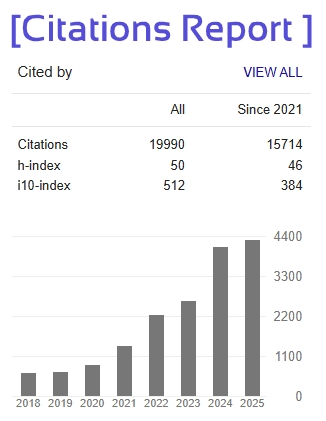Analyzing Workforce Patterns in PHCs: An Economic Perspective from Raibag, Ramdurg, and Athani in Belgaum of Karnataka State
Patil Hanamantgoud Pundaleekgoud
Part-time PhD Scholar in Department of Economics,
Register No: GNDU/20/87915
Guru Nanak Dev University, Jalandhar
hppatil1985eco@gmail.com
http://www.orcid.org/0009-0006-7481-3786
Dr. V.K. Singh
Professor and Research Guide in Economics,
Department of Arts and Social Science,
Guru Nanak Dev University College, Jalandhar
Abstract:
Access to quality healthcare in rural India remains a persistent challenge, mainly due to inadequate staffing in Primary Health Centres (PHCs). This study investigates the workforce dynamics in PHCs across Raibag, Ramdurg, and Athani talukas of Belgaum district in Karnataka, using 2023 staffing data. The analysis reveals significant disparities in staffing levels, with nearly 48 percent of sanctioned posts remaining vacant. Critical roles such as Auxiliary Nurse Midwives (ANMs) and Health Information Officers (HIOs) exhibit the highest vacancy rates, severely impacting healthcare delivery. The study explores these shortages' economic and operational implications, highlighting issues such as inefficient resource utilisation, increased patient burden, and compromised service quality. It also identifies systemic challenges, including uneven staff distribution, high attrition, inadequate training, and poor working conditions. The findings underscore the urgent need for targeted policy interventions to improve recruitment, retention, and equitable workforce distribution in rural healthcare settings. This research contributes to the discourse on strengthening primary healthcare systems and ensuring equitable access to essential health services in rural India.
Key words: Primary Health Centres (PHCs), Healthcare Workforce, Rural Healthcare, Public Health Services, Staffing Shortages, Human Resource Allocation, and Health Infrastructure







